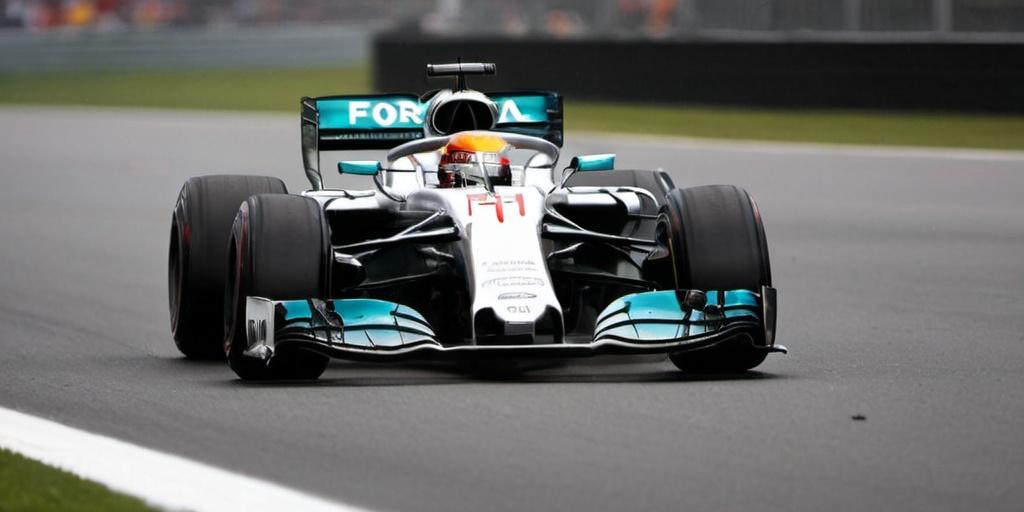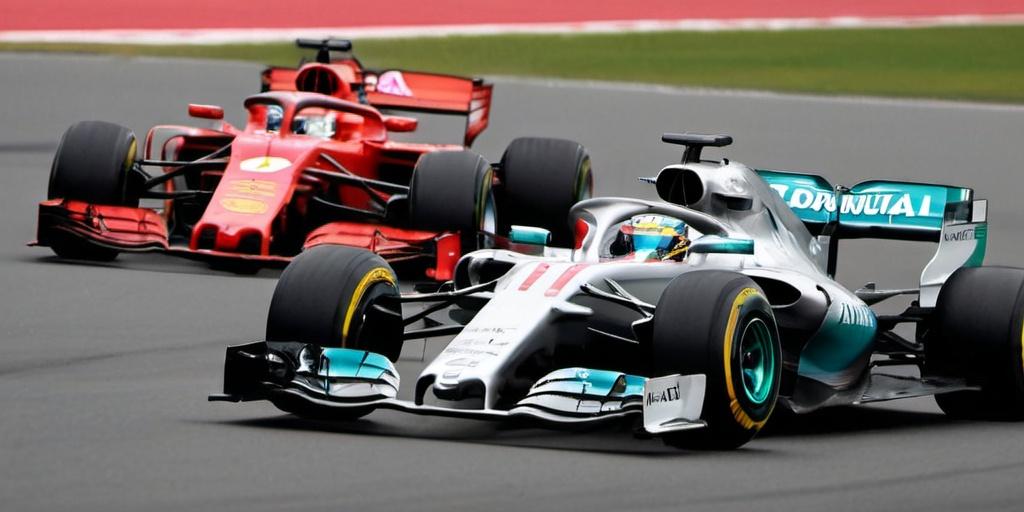Before Formula 1 was an official sport, fast cars were already throwing dirt on winding European roads. By the early 1900s, city-to-city races—usually held on public roads—had already captured enough attention to spark competitive motorsport. These were long, dangerous, and chaotic, often with no real structure. There was no “formula” yet. Just speed and a lot of mechanical experimentation.
The French Grand Prix in 1906 is often considered the earliest true prototype of modern circuit racing. Manufacturers were experimenting with light frames and enormous engines. Racing wasn’t yet a professional career but more of an engineering experiment wearing a number plate.
The Long Road to a Formula
Between World War I and World War II, racing continued in patches. Events like the Mille Miglia, Targa Florio, and pre-war Grands Prix grew in size and reputation. The cars were getting faster, but the rules weren’t keeping pace. Each organizer made up their own specifications—engine limits, weight restrictions, even how many pit crew you could have. There was no global governing body.
That started to change when the Association Internationale des Automobile Clubs Reconnus (AIACR) introduced a standardized Grand Prix formula in the 1920s and ’30s. It was an attempt to bring structure, and while it helped, it still wasn’t quite Formula 1. That required something else: war.
Post-War Europe and the FIA
After World War II, Europe was rebuilding, both physically and psychologically. There was a hunger for normality and competition. Motor racing returned, but the costs and risks demanded a more organized system. In 1946, the AIACR rebranded itself as the Fédération Internationale de l’Automobile (FIA). That same year, they introduced the first ruleset officially called “Formula 1.”
At this point, Formula 1 was still an idea, not a world championship. Races were held under the Formula 1 regulations starting in 1947, but they were standalone events, not linked together in any formal series. The cars were mostly pre-war leftovers—Alfa Romeos, Maseratis, Talbots—modified for reliability and speed.
The 1950 Turning Point
The Formula 1 World Championship officially began in 1950. The first race took place at Silverstone in the UK, known as the British Grand Prix. It was held on a former airfield, which made sense given the shortage of dedicated racetracks post-war. The track was lined with hay bales and surrounded by grandstands filled with royalty and locals alike.
Alfa Romeo dominated the early years with cars like the 158 and drivers such as Giuseppe Farina and Juan Manuel Fangio. These early seasons were short by today’s standards—seven races in 1950—but they laid down the structure: a points system, a calendar, and an official title.
This formalization brought consistency, which allowed teams to plan development and sponsorships, and allowed fans to follow a season-long storyline. It also laid the groundwork for what would eventually become the Formula 1 seen today.
Power and Politics
In its early years, Formula 1 wasn’t just a sport. It was also a symbol of technological pride for countries trying to reestablish their global standing. Italy had Alfa Romeo. Germany would later bring back Mercedes. The UK was developing its own home-grown motorsport industry, with names like Vanwall and Cooper starting to surface.
There were also frequent changes to rules and formats, depending on fuel shortages, tire technology, and shifting safety concerns. In 1952 and 1953, the World Championship races were actually run under Formula 2 rules due to a shortage of competitive F1 cars. That kind of flexibility was essential for keeping the sport alive, even if it blurred the definition of “Formula 1” at times.
Engineering Takes the Wheel
While the early years were about survival, it wasn’t long before innovation took the lead. The front-engined layout dominated until the late 1950s, when Cooper introduced a rear-engined design that redefined race car dynamics. This change didn’t just improve lap times—it rewrote the blueprint for F1 car design.
The shift highlighted how quickly the sport could change. F1 wasn’t static, and it wasn’t meant to be. Teams that didn’t evolve got left behind, both on the track and in the garage. This trend has held ever since.
Drivers Become Icons
In the beginning, drivers were secondary to the machines. But as media coverage grew and car design stabilized, drivers like Fangio, Stirling Moss, and later Jim Clark became household names. Fangio’s five titles in the 1950s stood as a record for nearly 50 years. His blend of mechanical sympathy, racecraft, and icy nerve set a standard that later champions would chase.
While teams were often nationalistic—especially in the early years—drivers came from all over. South American talent like Fangio and Froilán González mixed with European drivers and later Australian and American racers. The sport was expanding in every direction: geographically, technologically, and commercially.
From Origins to Identity
By the end of the 1950s, Formula 1 had matured into something recognizably close to what it is today: structured championships, constructors’ rivalries, driver storylines, and technological one-upmanship. The seed planted in post-war Europe had turned into an annual arms race on wheels.
Many of the early tracks—Monza, Spa, Silverstone—are still part of the calendar, even if the layouts have changed. The DNA remains: speed, precision, risk, and the eternal tension between machine and man.
Understanding where Formula 1 came from doesn’t just add trivia points. It explains why the sport values innovation so highly, why certain teams have legacy power, and why the championship has always been more than just a collection of races. It’s a sport built on reinvention, one year at a time.




